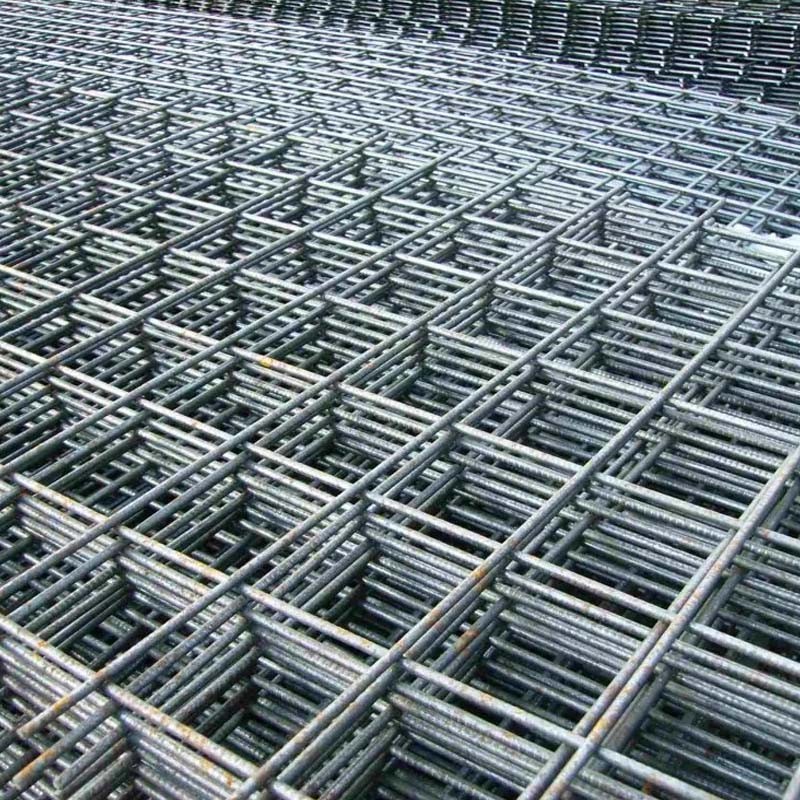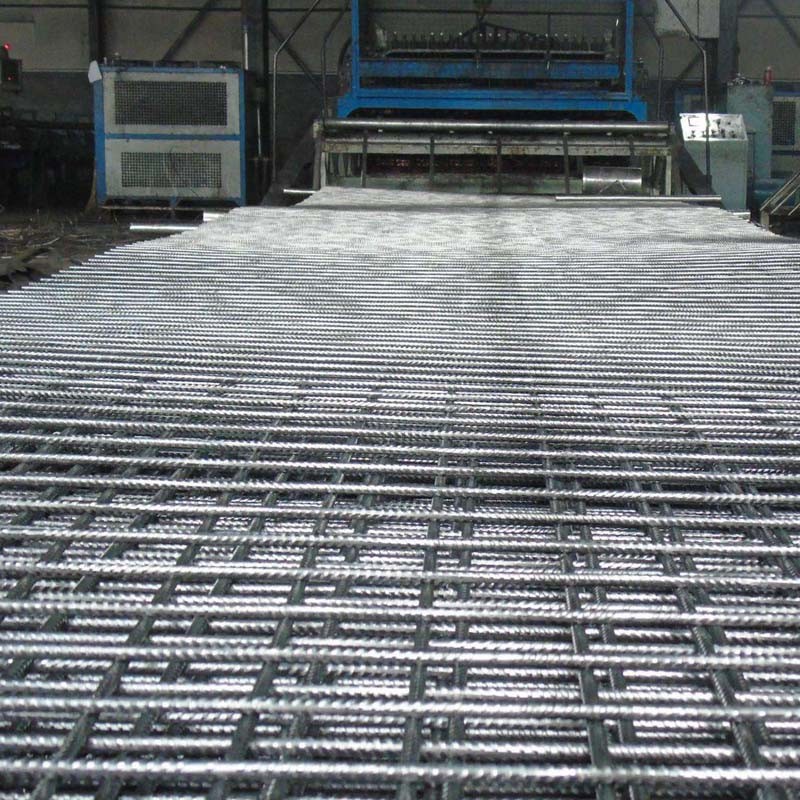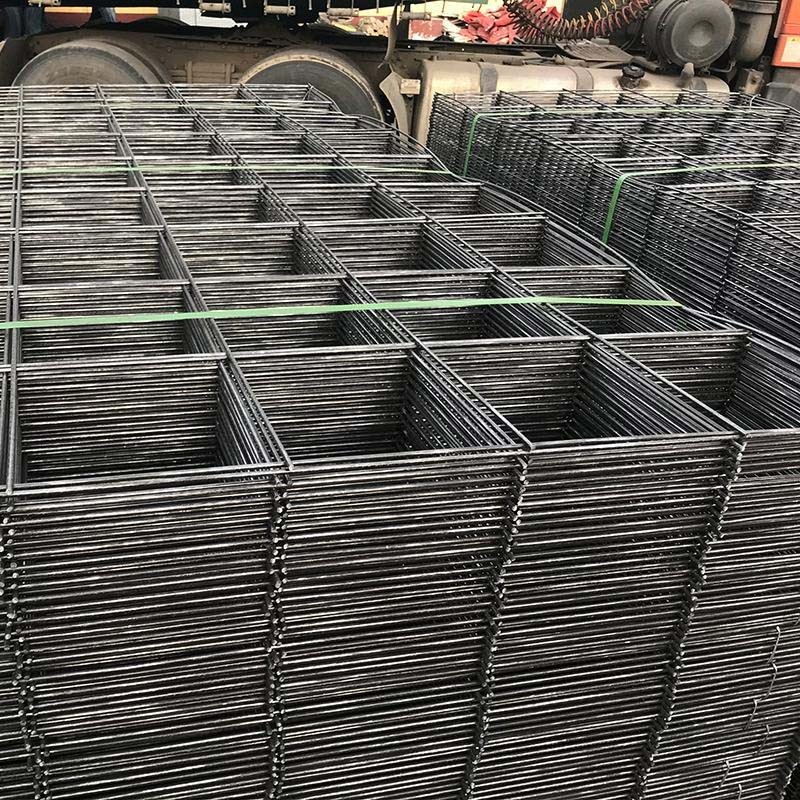Welded steel wire mesh, also known as welded wire fabric or welded wire reinforcement, is a type of construction material made by welding longitudinal and transverse steel wires together at their intersections. It forms a grid-like pattern of square or rectangular openings.
Welded steel wire mesh is commonly used in construction projects, particularly in reinforced concrete structures. It provides additional strength, stability, and durability to concrete elements such as slabs, walls, and columns. The mesh acts as a reinforcement by distributing the tensile forces across the structure, preventing cracking and improving overall structural integrity.
The steel wires used in welded wire mesh are typically low-carbon steel or stainless steel, which are strong and resistant to corrosion. The wires are welded together using electric resistance welding or spot welding techniques, ensuring a strong bond at each intersection. The mesh is available in various wire diameters, mesh sizes, and sheet dimensions to suit different construction requirements.
One of the advantages of welded steel wire mesh is its ease of installation. It comes in large sheets or rolls, allowing for efficient placement and reducing labor time. The mesh can be cut and shaped to fit specific project requirements using simple tools.
In addition to its primary use in concrete reinforcement, welded steel wire mesh finds applications in various other fields. It is commonly used in industrial fencing, animal enclosures, security barriers, and as a support structure for plaster or stucco coatings. The versatility and strength of welded steel wire mesh make it a valuable material in a wide range of construction and industrial applications.
Overall, welded steel wire mesh provides a cost-effective and reliable solution for reinforcing concrete and other construction projects. Its strength, durability, and ease of installation make it a popular choice for engineers, contractors, and builders seeking to enhance the structural integrity of their projects.
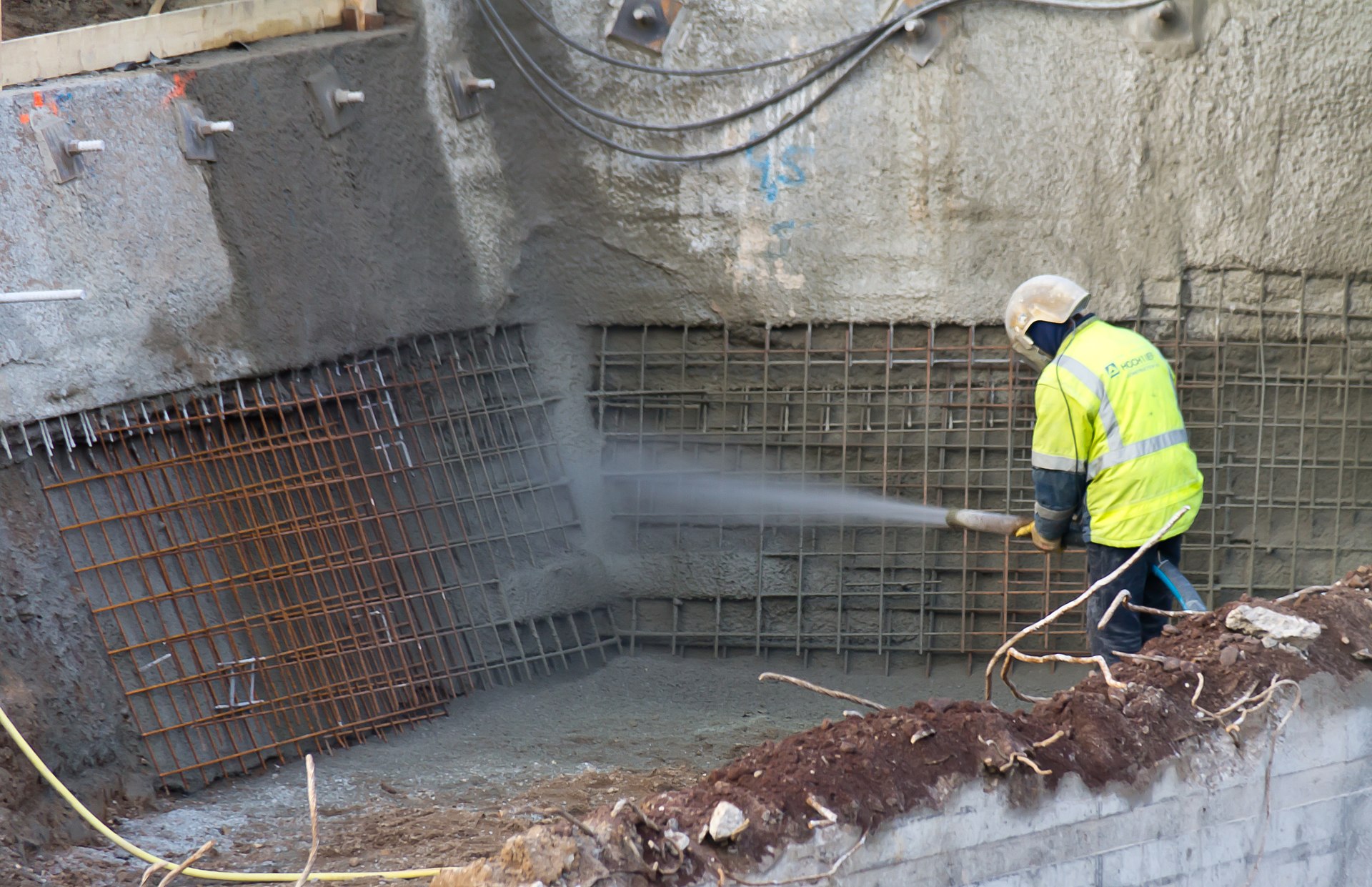
In different countries, there will be many different standards for welded steel wire mesh. Here are some of the standards for welded steel wire mesh in China, the United States, the United Kingdom, Japan, and Canada.
China Standard:
In China, the primary standard for welded steel wire mesh is GB/T 1499.3-2022.
This standard specifies the requirements for cold-rolled ribbed steel wires used in welded mesh for concrete reinforcement. It covers various aspects such as wire diameter, tensile strength, weld strength, and dimensional tolerances.
American standard:
In the United States, the primary standard for welded wire mesh is ASTM A185/A185M-07.
This standard covers welded steel wire mesh for concrete reinforcement and includes various specifications such as wire gauge, mesh size, and yield strength requirements.
ASTM A497/A497M-07a is another relevant standard that specifically covers welded wire fabric for concrete reinforcement.
British Standards:
In the United Kingdom, the main standard for welded steel wire mesh is BS 4483:2005. This standard specifies the requirements for steel fabric for the reinforcement of concrete. It includes specifications for wire diameter, mesh size, and tensile strength, as well as dimensional tolerances.
Japanese Standards:
In Japan, the primary standard for welded steel wire mesh is JIS G 3114:2008.
This standard specifies welded steel wire mesh for concrete reinforcement and covers various aspects such as wire diameter, mesh size, weld strength, and dimensional tolerances.
Canadian Standard:
In Canada, the main standard for welded steel wire mesh is CSA G30.5-12.
This standard provides the requirements for welded wire mesh for concrete reinforcement. It includes specifications for wire diameter, mesh size, tensile strength, and dimensional tolerances.
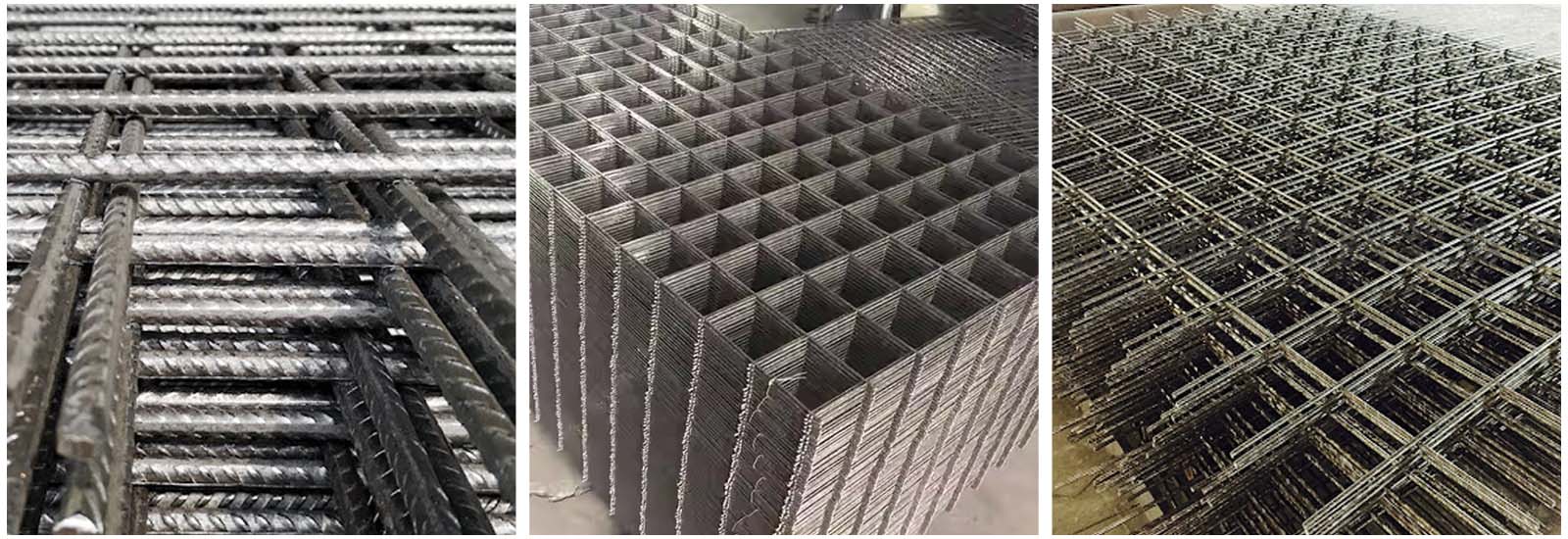
According to the latest Chinese standard document GB/T 1499.3-2022, the size and weight of welded steel mesh are not specified in detail in this document.
According to the standard document, the welded steel mesh should be used in accordance with GB/T 13788 CRB550 cold rail ribbed steel, CRB600H high ductility cold rail ribbed steel and hot rail light round steel in accordance with GB/T 1499.1, GB/T 1499.2 Steel for reinforced concrete - Part 2: Hot-rolled ribbed steel bars. The use of hot rail ribbed reinforcement, it is appropriate to use no longitudinal ribs of steel. By mutual agreement between supply and demand, and specified in the contract, other grades of reinforcement can also be used.
According to the documented requirements, welded steel mesh shall be manufactured with steel bars of nominal diameter 5mm~18mm. However, if the supply and demand sides agree and the material requirements are stated in the contract, then other nominal diameter steel bars can be used for the manufacture of the product. When both directions of the welded steel mesh are single reinforcement, the nominal diameter of the finer reinforcement should be not less than 0.6 times the nominal diameter of the thicker reinforcement. When the longitudinal reinforcement is used and reinforcement, the nominal diameter of the longitudinal reinforcement should be no less than 0.7 times the nominal diameter of the transverse reinforcement and no greater than 1.25 times the nominal diameter of the transverse reinforcement.
According to the requirements of the document, the size and allowable deviation of the welded steel mesh are as follows:
1. The spacing of the longitudinal reinforcement of the welded wire mesh should be an integer multiple of 50mm, and the spacing of the transverse reinforcement should be an integer multiple of 25mm, with a minimum spacing of 100mm, and the allowable deviation of the spacing should be the greater of ±10mm and 5% of the specified spacing cab.
2. The projection length of the reinforcement should not be less than 25mm.
3. The allowable deviation of the length and width of the mesh should be taken as the greater of 25 mm and ±0.5% of the specified length and width.
4. The allowable deviation of the diagonal difference of the welded wire mesh (the difference between the two diagonal welded joints on the outermost side of the welded wire mesh) should be 0.5% of the specified diagonal cab.
5. The height of the cross ribs of welded wire mesh ribbed bars should not be less than 85% of the value specified in the corresponding product standards.
In addition, the standard document also makes corresponding provisions for the weight and allowable deviation of the welded steel mesh, which are as follows:
1. The welded reinforcing mesh should be delivered by actual weight, but also by theoretical weight.
2. The theoretical weight of welded reinforcing mesh is calculated according to the nominal diameter of the constituent bars and the specified dimensions, and the density of the bars is 7.85 g/cm. The allowable deviation between the actual and theoretical weight of welded reinforcing mesh shall be ±4%.


